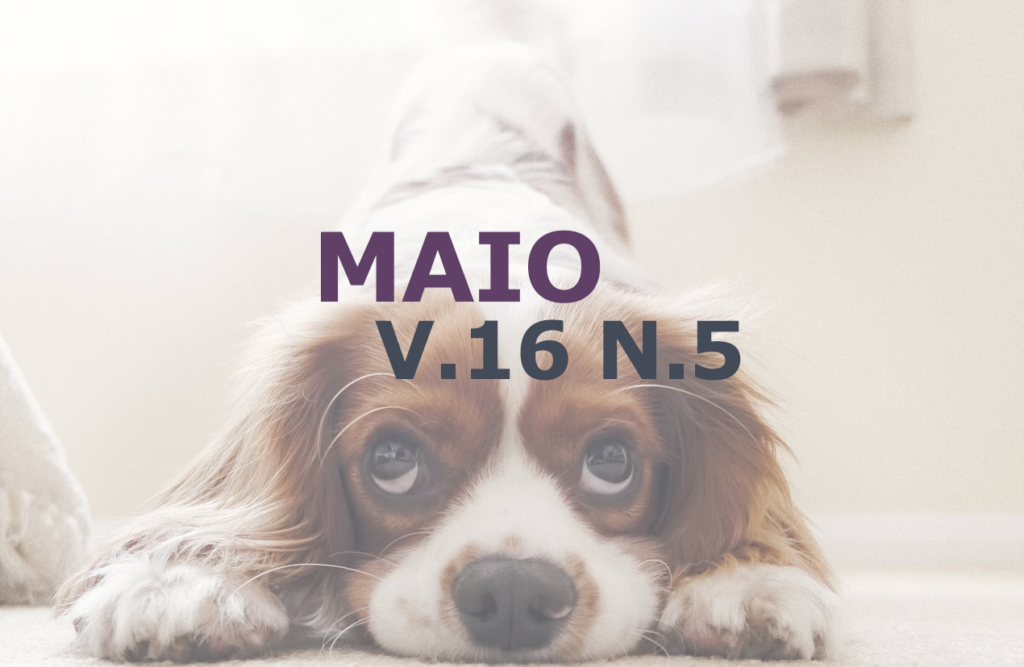Maropitant or ketamine to control of pain in bitches undergoing ovariohysterectomy
DOI:
Keywords:
Analgesia, ketamine, pain, maropitant, NK-1, NMDA, ovariohysterectomiaAbstract
Pain control is directly related to the patient's well-being and postoperative recovery. This study aimed to evaluate the analgesic effect of Maropitant citrate (GM) and Ketamine (GC), in bolus, followed by continuous infusion, in bitches undergoing ovariohysterectomy, that was evaluated through pain scales and physiological parameters. The animals in the CG had a higher heart rate (FC) in intraoperative period (p=0.022). In the same period, 7 animals of the GM presented hypotension (PAS < 90 mmHg). The VAS sedation scale showed a significant difference between the groups (P = 0.004) with the GM presenting a mean score of 0.30 ± 0.50 and the CG 0.14 ± 0.35. The DIVAS, Glasgow and Melbourne pain scales did not show relevant significance between groups (P > 0.05). The questionnaires delivered and completed by the tutors showed, among themselves, a significant difference in relation to changes in behavior in general (P = 0.03) and when eating (P = 0.01), both lower values in GM, also presented lower values in the item “refusal to eat” (P = 0.02). Both drugs proved to be effective in the recommended procedure and route. The use of maropitant as an analgesic adjuvant can present, in addition to effective analgesia, an early return of appetite.
Downloads
Published
Issue
Section
License
Copyright (c) 2022 Ayme Fernanda Favaretto, Sandra Mastrocinque, Jeovan dos Santos Macedo, Richard Rossetti

This work is licensed under a Creative Commons Attribution 4.0 International License.
Você tem o direito de:
Compartilhar — copiar e redistribuir o material em qualquer suporte ou formato
Adaptar — remixar, transformar, e criar a partir do material para qualquer fim, mesmo que comercial.
O licenciante não pode revogar estes direitos desde que você respeite os termos da licença. De acordo com os termos seguintes:
Atribuição
— Você deve dar o crédito apropriado, prover um link para a licença e indicar se mudanças foram feitas. Você deve fazê-lo em qualquer circunstância razoável, mas de nenhuma maneira que sugira que o licenciante apoia você ou o seu uso. Sem restrições adicionais
— Você não pode aplicar termos jurídicos ou medidas de caráter tecnológico que restrinjam legalmente outros de fazerem algo que a licença permita.





